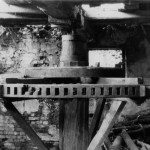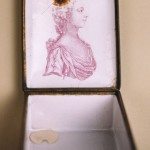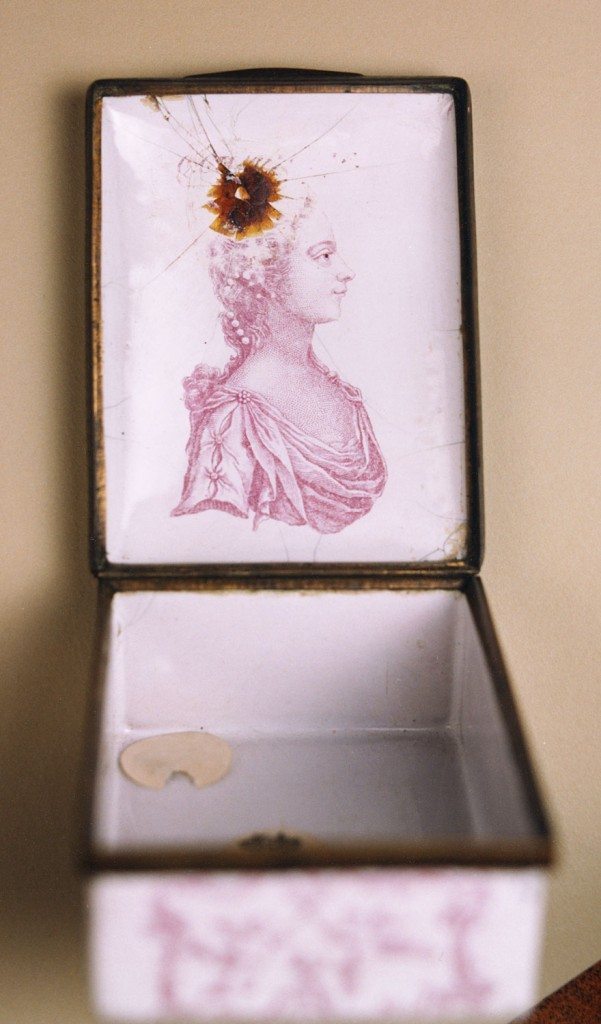Taking Snuff
Image: Portrait of Queen Charlotte, wife of George III, on the inside of an Enamel snuff box celebrating the Coronation of the King (Birmingham, 1761).
Wolverhampton Art Gallery
1. Taking Snuff
The hinterland of Bewdley was home to at least one snuff mill. Snuff-taking in the 18th century became a near universal habit as snuff was taken by men and women in all social classes. It was stimulated by soldiers and sailors returning from continental conflicts in the early 1700s and the growth of coffee houses providing a venue for the ritual of snuff-taking by the chattering classes. Its respectability was enhanced by royalty’s use of the product. Queen Charlotte was known as “Snuffy Charlotte” because of her addiction to the habit. Possessing a snuffbox became as much a definition of status and fashion as the latest mobile phone in the early 21st century. Huge numbers were produced in wood, ivory, silver, gold, enamel, porcelain and papier mâché. Snuff taking was linked with a complicated etiquette. One description published around 1800 divided the ritual into twelve stages:
1. Take the snuffbox with your right hand.
2. Pass the snuffbox to your left hand.
3. Rap the snuffbox.
4. Open the snuffbox.
5. Present the box to the company.
6. Receive it after going the round.
7. Gather up the snuff in the box by striking the side with the middle and fore fingers.
8. Take a pinch of snuff with the right hand.
9. Keep the snuff a moment or two between the fingers before carrying it to the nose.
10. Put the snuff to your nose.
11. Sniff it by precision with both nostrils, and without a grimace.
12. Close the snuffbox with a flourish.
Continue browsing this section
 The Making of Snuff
The Making of Snuff
 Taking Snuff
Taking Snuff
 Work and Labour
Work and Labour
 Bewdley Snuff Mill
Bewdley Snuff Mill
 The Decline of Snuff Taking
The Decline of Snuff Taking
 Snuff Grinding
Snuff Grinding






